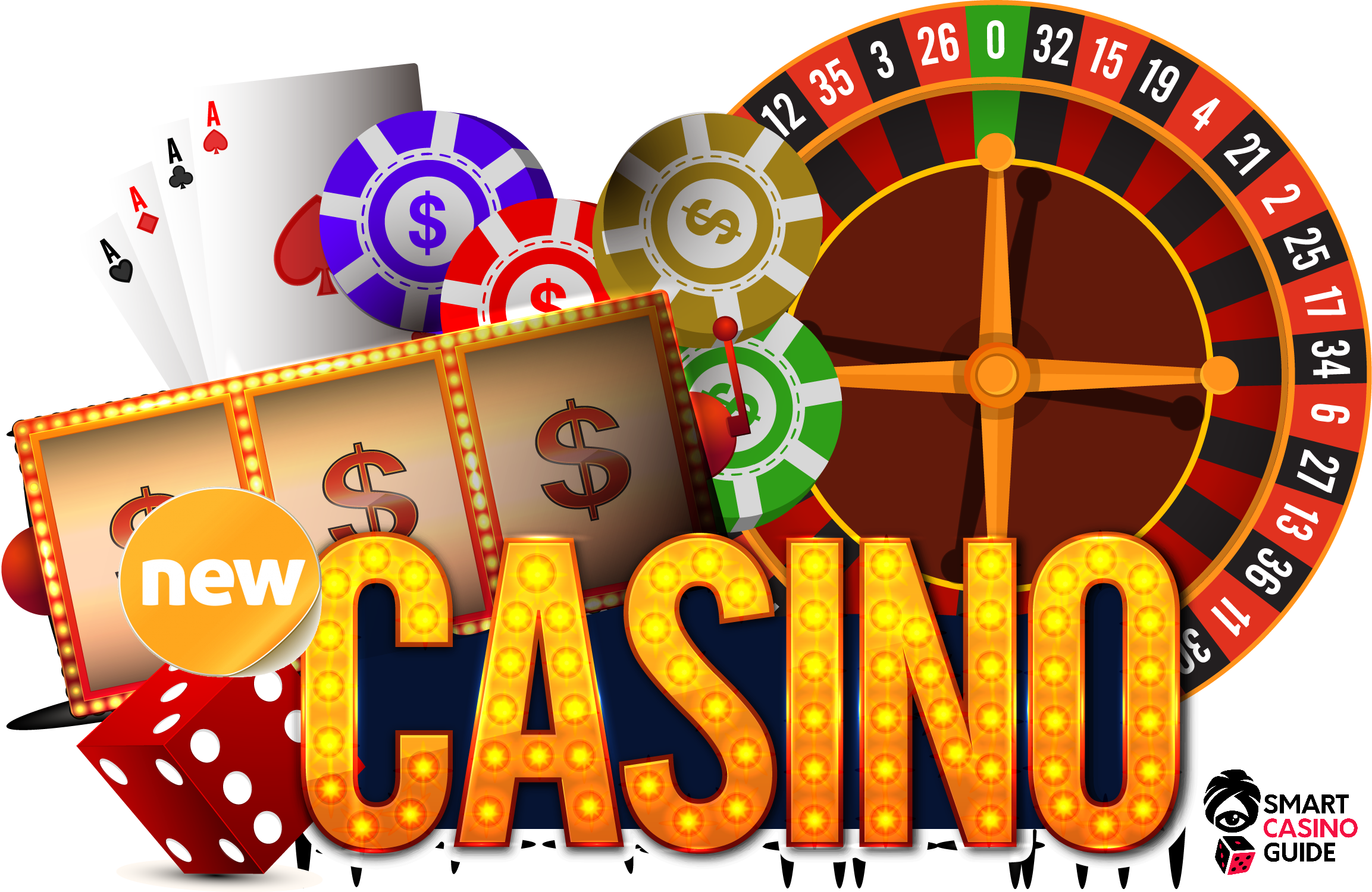Comprehending RTP in Slot Machines
Regarding slot games, players often find themselves drawn in by the shimmering lights, exciting themes, and the excitement of the reel spins. But beneath the glitz and entertainment lies an important concept that every player should understand: RTP, or RTP. This crucial metric plays a significant role in influencing the amount of money you can expect to receive back over time, influencing your gaming experience and strategy as you play.
RTP is typically represented in percentage terms and represents the average amount of money returned to players compared to the cumulative wagers. For instance, if a slot game has an RTP of ninety-five percent, it means that, on average, players should anticipate receiving 95 dollars for each $100 wagered. Understanding this concept can assist players in making educated decisions when selecting slots to enjoy, ultimately improving their overall casino experience.
What the meaning of RTP?
RTP, also known as RTP, is a crucial element within slot machine games. It denotes the fraction of all wagered money that a specific slot is programmed to refund to players in the long run. For example, if a specific slot has an RTP of 95 percent, this means that, hypothetically, players can expect to get back ninety-five dollars for every $100 placed during extended play. Grasping RTP aids players analyze the potential returns of the various slots available.
RTP does not serve as a surety of individual wins but rather a average calculated throughout many spins. Each player’s experience can vary significantly because of the randomness inherent in the games. A higher RTP suggests more favorable odds for the player, thus making it a critical aspect to take into account while picking the slots to choose. Still, despite having high RTP, there can be periods in which players experience losses, as randomness plays a significant role.
It should also be noted that various slots have varying RTP percentages. Some slots may have a lower RTP as a result of a significant enjoyment or unique features, while others hold a elevated percentage to draw in more cautious players. Understanding RTP enables players to make wise choices about their gaming strategies and control their bankrolls effectively while enjoying the excitement of casino slots games.

The Way RTP is Being Determined
A RTP, also known as Return to Player, represents a key indicator in the realm pertaining to gambling slot machine titles. This represents the percentage from all wagered money that a gaming device can be expected to pay back to players in the long run. Understanding how this measurement is calculated demands understanding into both the game’s design as well as its payout system. The return value is determined via intricate algorithms and data evaluation performed during the game development phase. Slot developers take into account various elements, which include the likelihood of successful outcomes and the magnitude for returns for each outcome.
In order to compute this metric, the creators simulate a vast number in terms of spins of the slot machine. Such simulations aid identify how much typically, a player is likely to earn according to their bets. For instance, if a slot game boasts an RTP of 95 percent, it suggests that, theoretically, for every one hundred dollars wagered, gamblers can expect to receive ninety-five dollars in return in the long term. That figure does not indicate the amount a gambler will win in a single session or over a couple of plays; rather, it shows long-term payout expectations.
The values of RTP are generally disclosed by the gaming house and game creator. Gamblers should always seek out this information when choosing a slot game, as it has the potential to affect their gaming experience. A higher return value usually indicates a better chance to recoup a portion of bets, although individual plays can vary greatly. Grasping this concept can help players to choose wisely and improve their overall experience within the realm of slot games.
Significance of Return to Player in Gaming
Grasping the RTP or RTP is crucial for any gamer involved in casino slots games. Return to Player refers to the proportion of total bets that a slot machine is engineered to pay back to gamers over time. A greater RTP indicates that gamers can anticipate receiving a bigger share of their bets back, making it an valuable factor for those looking to maximize their play experience. Knowing this figure helps gamers make smart choices about which slots to play, as it can significantly influence their chances of winning. 9bet
Moreover, Return to Player has a key role in the overall fairness and clarity of casino slots. Gamers are often drawn to games with higher return rates because they provide a better opportunity of success over the long term. Gaming establishments and game developers use RTP as a selling point to lure players, ensuring they maintain a lead in the growing gaming industry. By understanding of RTP, gamers can select games that align with their comfort level and gaming goals.
Finally, the idea of RTP encourages safe gaming practices. Recognizing that not all slots will provide short-term winnings and that RTP is determined by long-term play, players can regulate their expectations and gambling behavior effectively. This understanding enhances the enjoyment of slot games while promoting a more sustainable gambling landscape. Gamers who grasp the significance of RTP are likely to have a better time and reduce the risks of problematic gambling behavior.

